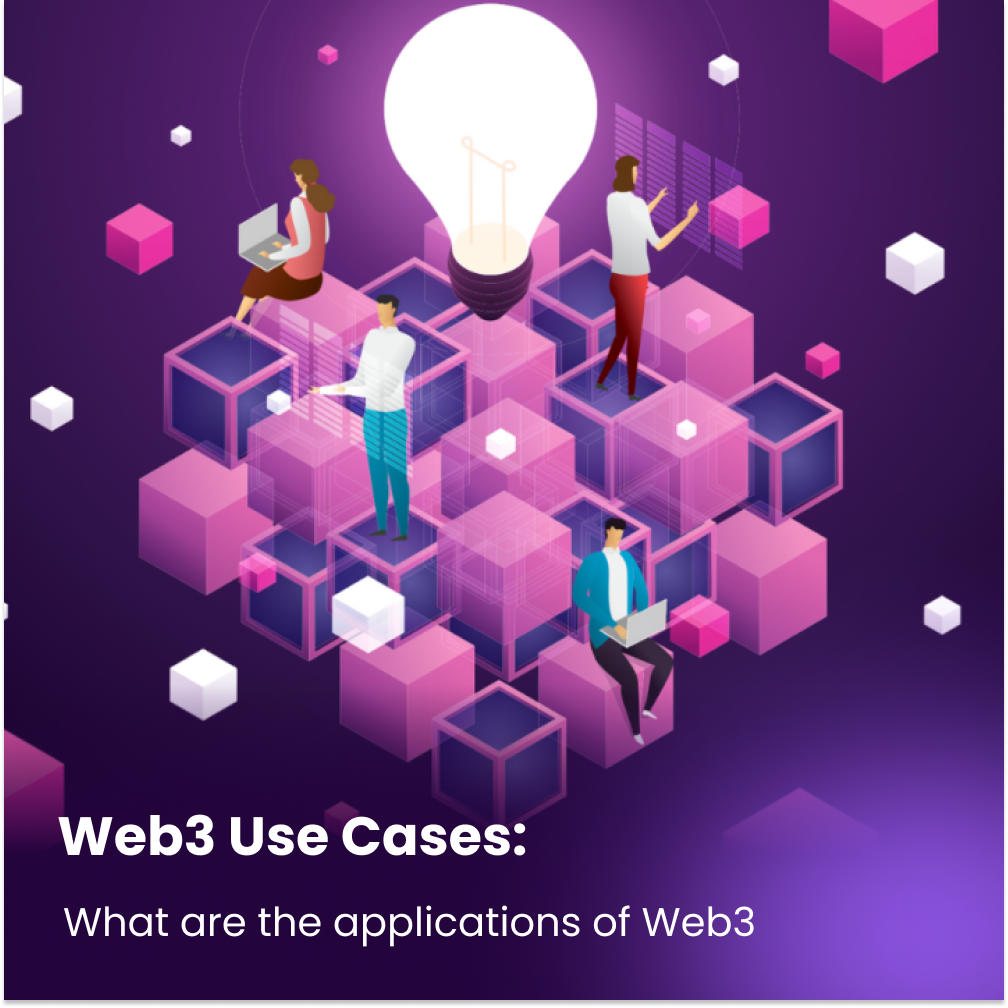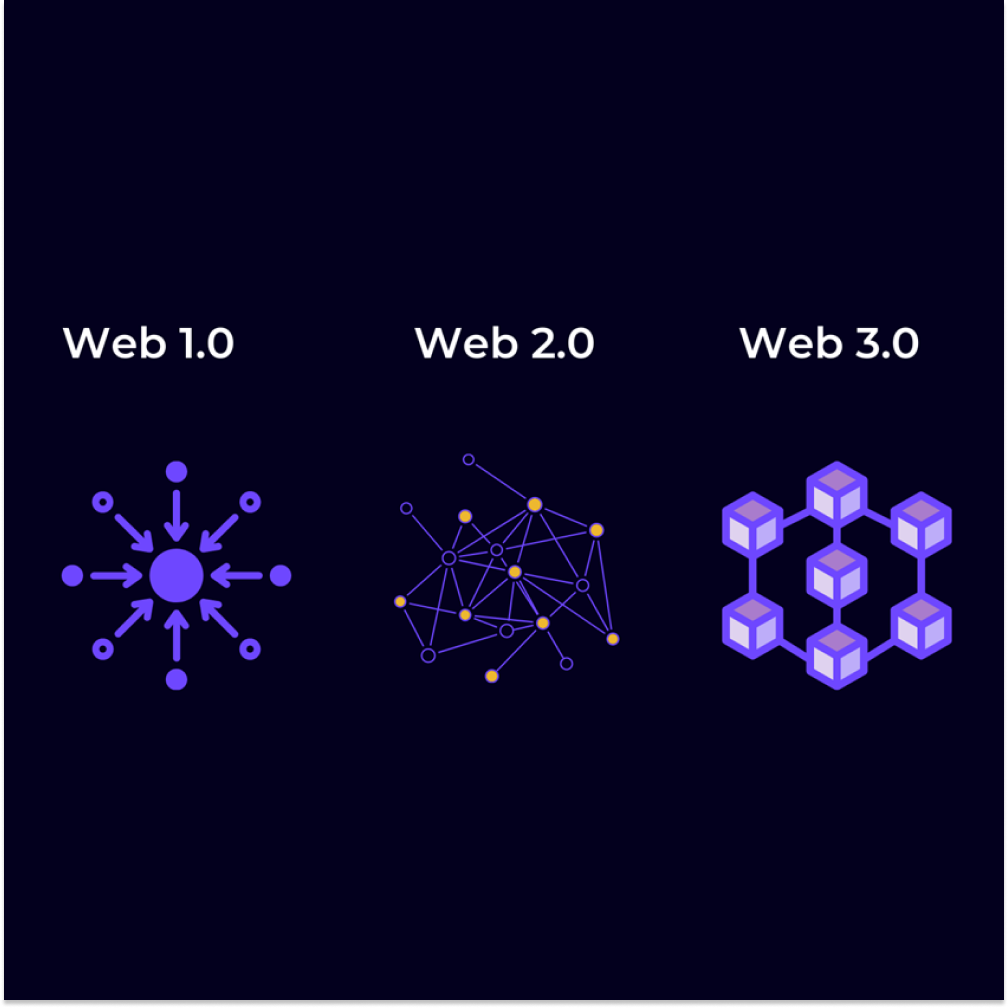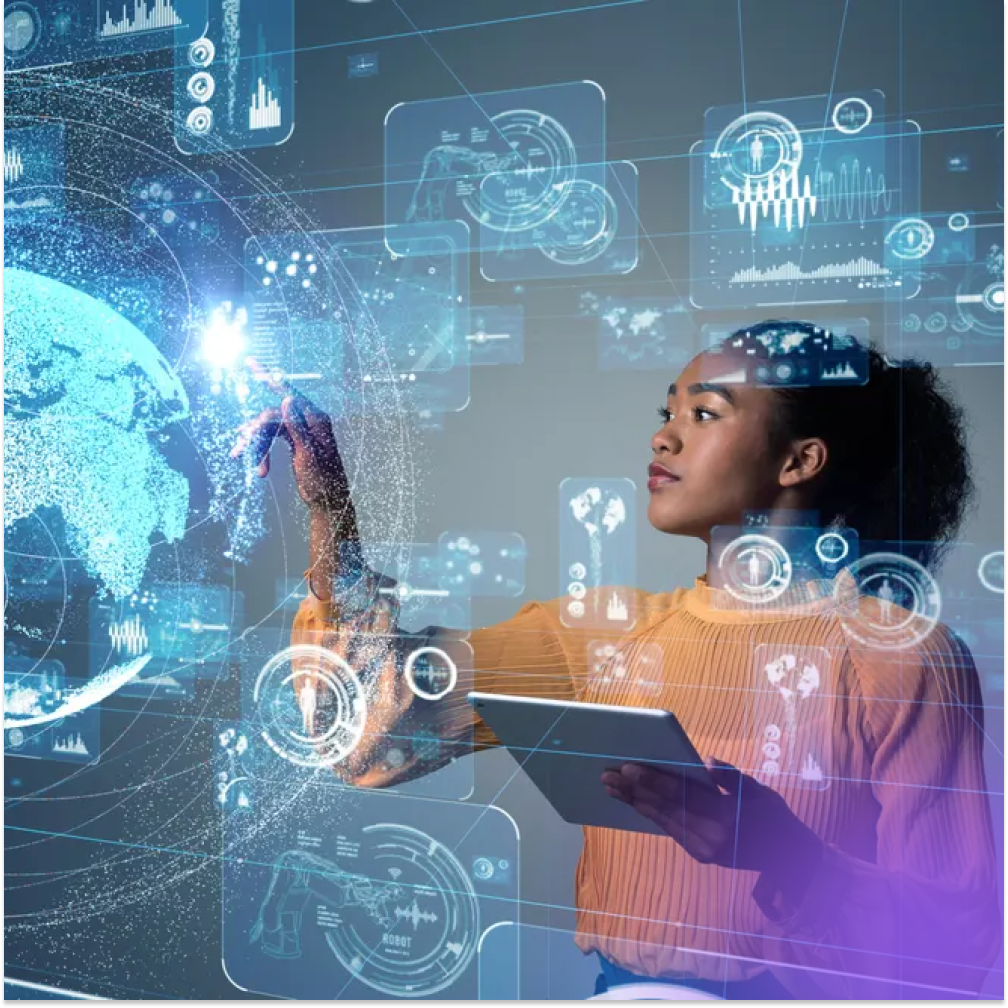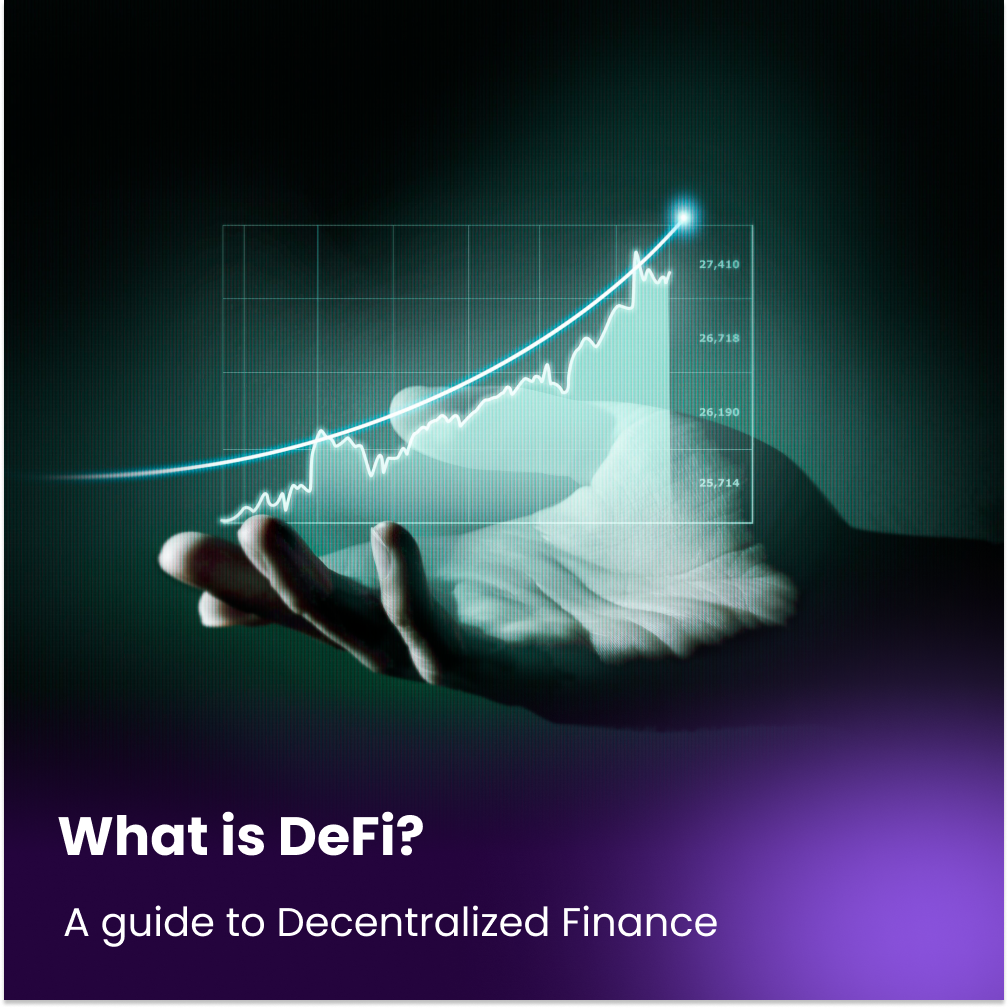
Estimated reading time: 7 minutes
In the ever-evolving landscape of the digital world, Web3 offers innovation and limitless possibilities. As the next step in the internet’s evolution, Web3 introduces groundbreaking technologies that enable decentralized networks, enhanced privacy, and seamless peer-to-peer interactions. Web3 has emerged as a transformative force and businesses have started to search the practical Web3 use cases to leverage its full potential for business transformation and growth.
In this article, we delve into the exciting world of Web3 and uncover its great potential and applications across various industries, paving the way for a truly decentralized and democratized future.
The Evolution of the Web and the Concept of Web3
To provide you with a Web3 definition, we have to review the evolution of the web from its early days of inception.
Web1, Web2, and Web3 represent distinct phases in the evolution of the Internet, each characterized by different technological capabilities and features.

Web1, also known as the “read-only web,” refers to the early days of the internet with static websites. It emerged in the late 1980s and early 1990s, primarily focusing on the distribution of information. During this phase, users could only passively consume content without significant interactivity. Websites consisted mainly of text, basic HTML, and simple graphics.
The advent of Web2, often referred to as the “read-write web,” marked a significant shift towards user-generated content, social interaction, and dynamic web applications. Web2 emerged in the early 2000s with the rise of platforms like Facebook, YouTube, and Twitter. It introduced features such as social media, blogging, e-commerce, and collaborative tools. Web2 empowered users to create, share, and interact with content, transforming the internet into a more participatory and social space. Companies began collecting and analyzing user data, leading to personalized experiences and targeted advertising.
Web3 represents the next phase of web development, aiming to address the limitations and centralization concerns of Web2. It introduces decentralized technologies, blockchain, and cryptocurrency to enable greater user control, privacy, and ownership of digital assets. Web3 envisions a more open, transparent, and secure internet. It emphasizes peer-to-peer interactions, decentralization, and the elimination of intermediaries.
Web3 use cases and key features include decentralized storage, identity management, decentralized finance (DeFi), non-fungible tokens, and decentralized autonomous organizations (DAOs). It aims to empower individuals, remove barriers to entry, foster innovation, and create new economic models.
Top Web3 use cases

Web3’s distinctive features showcase its potential to revolutionize the user experience on the internet. But what are the use cases of Web3 and what is Web3’s role in web applications and services?
The answer lies in exploring the remarkable Web3 use. Below, we delve into a range of web3 applications, offering valuable insights into the diverse ways this concept can be utilized.
1-Spatial Computing
Spatial computing represents a virtual reality realm that seeks to merge the physical and virtual worlds, and it can be achieved through both centralized and decentralized approaches. However, decentralized spatial computing projects, built upon web3 principles, align more closely with future needs.
By leveraging the web3 ecosystem and its connectivity capabilities, spatial computing projects can offer users an enhanced decentralized experience.
Additionally, web3 enriches spatial computing with advanced technologies such as the Internet of Things (IoT) and artificial intelligence (AI), contributing to a heightened sense of realism within spatial computing.
Spatial computing creates fantastic opportunities for both individuals and businesses. By using options such as TPA domain names, individuals can easily build their virtual presence in spatial computing.
2-Decentralized Finance (DeFi)
Another main concept among Web3 use cases is Decentralized Finance (DeFi). It revolves around the utilization of decentralized applications (dApps) within the realm of financial services.
These dApps represent software applications that operate on the principle of decentralization and are accompanied by a collection of smart contracts. These smart contracts, also known as protocols, play a crucial role in defining the specific functionalities of the applications.
One notable advantage of decentralized apps in the context of decentralized finance (DeFi) is their perpetual existence as long as the underlying blockchain remains operational.
The importance of decentralized finance (DeFi) becomes clear when considering its ability to facilitate low-cost, peer-to-peer, near-instantaneous, and cross-border transactions.
Among the various examples of web3 use cases, payment blockchains within DeFi stand out as an excellent illustration of enabling access to financial services. These payment blockchains have the potential to enhance existing payment systems significantly.
3-Advanced Gaming
Web3 games embody an evolved iteration of blockchain-based gaming experiences, encompassing play-to-earn, tokens, and play-to-own game models.
By leveraging cutting-edge technologies like blockchain, tokens, and the underlying gaming infrastructure, these web3 games pave the way for the development of next-generation gaming ventures.
They empower players to truly own, trade, and create in-game assets, allowing them to generate income from their gameplay. Notable examples of web3 games that have gained substantial traction within the player community include Axie Infinity and Decentraland.
As the web3 ecosystem continues to evolve, web3 games will undoubtedly undergo significant transformations in the future.
4-Creator Economy
Undoubtedly, one of the most compelling Web3 use cases is its application within the creator economy. This empowers individuals who spend substantial time within various digital environments to monetize their efforts. Tokens offer creators a range of innovative monetization opportunities, bypassing traditional gatekeepers.
Tokens have gained significant traction due to their ability to represent unique digital assets, thereby driving immense appeal. Moreover, high-profile token sales have played a pivotal role in fueling the growth of creator economies.
In line with the principles of the creator economy, emerging communities of creators encompassing musicians, artists, and developers are forging direct connections with their fans and supporters. These creators can leverage Web3 to engage in seamless collaborations, free from unnecessary intermediaries.
Consequently, the use case of the creator economy within Web3 presents a highly advantageous avenue for creators to directly promote and monetize their work.
5-Decentralized Autonomous Organizations (DAOs)
One of the standout blockchain-based web3 use cases revolves around Decentralized Autonomous Organizations (DAOs). DAOs are online communities operating under the ownership of their community members, with a notable highlight being the ability for community governance based on consensus. DAOs emphasize decentralization and autonomy.
A distinctive feature of DAOs is that the rules governing them cannot be altered by a single individual or a centralized entity. Additionally, DAOs ensure autonomy by utilizing smart contracts to facilitate making decisions without requiring human intervention. By encoding specific policies within smart contracts, Decentralized Autonomous Organizations introduce the concept of corporate governance in the virtual world.
DAOs rightfully claim a prominent position among the top web3 use cases, particularly due to their potential in providing a governance model for web3 organizations.
Challenges of Web3 Use Cases

In order to deploy Web3, it is crucial to establish a comprehensive privacy policy.
The browsing experience may be more time-consuming due to increased functionality and features. However, it is important to acknowledge that the technology still requires further development and refinement.
There is a pressing need to prioritize the development of environmentally friendly technology, as the current carbon footprint of existing technology surpasses that of its predecessor.
In addition, numerous legal frameworks had to be revised to ensure security and ownership rights and the complexity of Web3 can present significant challenges for newcomers attempting to grasp its intricacies.
Finally, Web3 may be inaccessible for less advanced devices.








